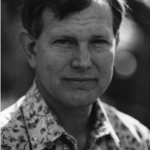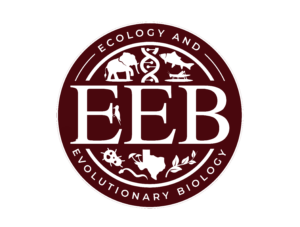Pacific Islands as Model Systems for Human-Environment Interactions
Bio
 Peter Vitousek is a professor at Stanford University and a senior fellow at the Woods Institute for the Environment. His research interests include: evaluating the global cycles of nitrogen and phosphorus, and how they are altered by human activity; understanding how the interaction of land and culture contributed to the sustainability of Hawaiian agriculture and society before European contact; and making fertilizer applications more efficient and less environmentally damaging. He is a Fellow of the National Academy of Sciences and the American Academy of Arts and Sciences, and was awarded the 2010 Japan Prize.
Peter Vitousek is a professor at Stanford University and a senior fellow at the Woods Institute for the Environment. His research interests include: evaluating the global cycles of nitrogen and phosphorus, and how they are altered by human activity; understanding how the interaction of land and culture contributed to the sustainability of Hawaiian agriculture and society before European contact; and making fertilizer applications more efficient and less environmentally damaging. He is a Fellow of the National Academy of Sciences and the American Academy of Arts and Sciences, and was awarded the 2010 Japan Prize.
Abstract
Islands have been used as models for evolution and speciation for many years – but they can be equally useful for understanding ecosystem structure and functioning, and human-land interactions. With colleagues, I have evaluated multiple environmental gradients within the Hawaiian Islands – and demonstrated that variations in soil properties on these gradients exhibit distinct non-linearities and discontinuities where soil properties and processes change markedly with a small increment in environmental forcing. We term these places “pedogenic thresholds”, and we term the areas between thresholds (where soil properties/processes change relatively little for large increments in forcing) “process domains”. Traditional Hawaiian agriculture (before European contact) made use of a particular domain to develop intensive and long-sustained rainfed agricultural systems that supported large populations in socially and culturally complex societies – and the interactions between lands and societies are more readily understood in Hawaii (and other Pacific islands) than elsewhere.


